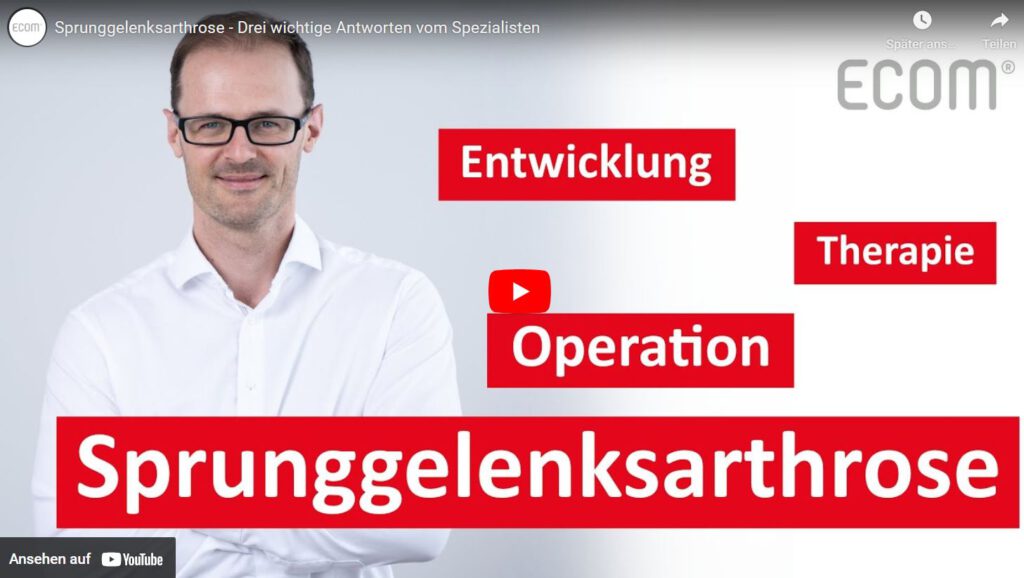Affected patients often report fatigue during/after prolonged standing and walking and complain of pain that is typically localised in the area near the insertion of the posticus tendon, i.e. from the inner ankle to the midfoot. In the case of more severe deformities, pain can also occur in the area of the outer edge of the foot/outer ankle due to impingement at the side of the lower ankle joint. If there is also joint wear and tear (osteoarthritis) due to the malalignment, pain in the affected joints is to be expected sooner or later.





